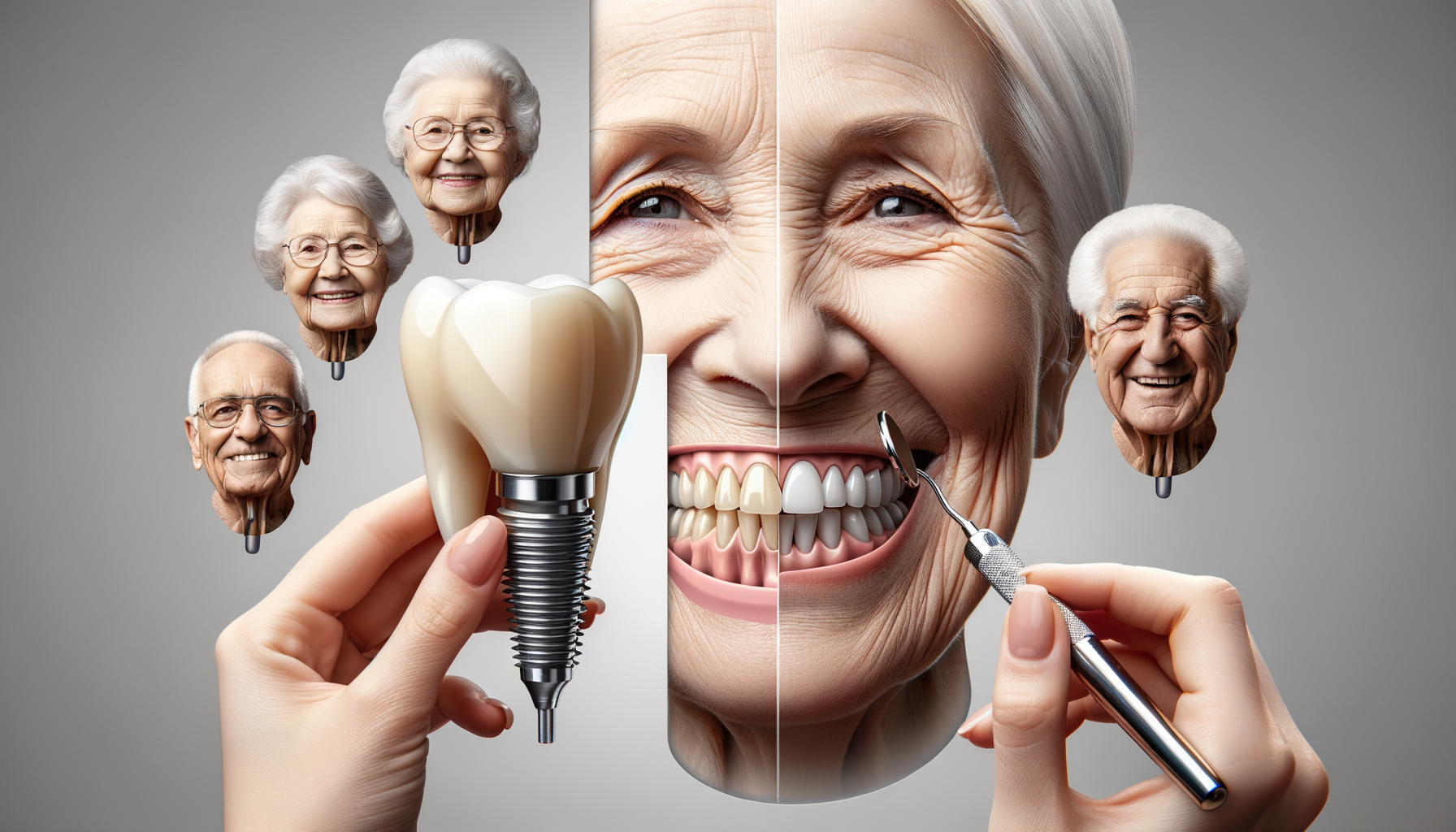When Can Babies Start Using Highchairs?
One of the most common questions new parents ask is, “When can babies start using highchairs?” The answer typically depends on your baby’s physical development. Most babies are ready to sit in a highchair around 6 months of age, when they can sit up with minimal support and have good head and neck control. However, every baby is different, so it’s important to consider individual readiness rather than going strictly by age.
Here are a few signs your baby might be ready for a highchair:
- Can sit upright without assistance for extended periods
- Shows interest in joining family meals
- Has good head and neck control
- Can hold food and attempt to self-feed
Starting to use a highchair at the right time supports your baby’s development and introduces them to family mealtime routines, which can encourage social interaction and healthy eating habits.
Safety Features To Look For In Baby Highchairs
Safety should always be a top priority when selecting a highchair. With so many models available, it’s essential to understand the key safety elements to look for. Highchairs designed with the right features can significantly reduce the risk of accidents during mealtime.
Important safety features include:
- A wide, sturdy base to prevent tipping
- A secure five-point harness system
- Locking wheels or non-slip feet
- Proper crotch post to prevent sliding
- Safety certifications from recognized bodies
It’s also crucial to inspect the highchair regularly for wear and tear, especially if you’re using a second-hand model. Make sure all parts are intact, and avoid chairs with sharp edges or pinch points. A well-regarded chair with essential safety features can provide peace of mind while your baby enjoys their meals.
Adjustable vs Fixed Baby Highchairs Comparison
Choosing between adjustable and fixed highchairs can impact your baby’s comfort and your convenience. Adjustable highchairs offer flexibility in seating position, height, and tray placement. They can grow with your child and adapt to different table heights, making them a versatile choice for many families.
On the other hand, fixed highchairs are generally simpler in design and easier to clean. They’re also often more compact and lightweight, which can be helpful in smaller living spaces. Here’s a quick comparison:
- Adjustable Highchairs: More customizable, long-term use, may include reclining features
- Fixed Highchairs: Lightweight, easy to clean, usually more affordable
Understanding your family’s needs and available space can guide you in selecting the right type. If flexibility and long-term use are your goals, an adjustable model may be ideal. For quick setup and ease of use, a fixed highchair might be the better option.
Best Baby Highchairs For Small Spaces
Space constraints are a common concern for many families, especially those living in apartments or homes with limited dining areas. Luckily, there are several options among the best baby highchairs for small spaces that combine functionality with a compact design.
Look for highchairs that can fold flat for storage or attach directly to a kitchen chair. These models save floor space and are easy to tuck away when not in use. Some also convert into booster seats, offering extended usability without taking up more room.
Key features to prioritize for small spaces include:
- Foldable design for easy storage
- Lightweight construction for portability
- Minimalist frame that doesn’t compromise stability
- Multi-use functionality (e.g., highchair to booster seat)
Compact highchairs can still offer excellent safety, comfort, and ease of use. The challenge is balancing size with essential features, but many well-designed options make this possible without sacrificing quality.
How To Clean A Baby Highchair Properly
Maintaining cleanliness is essential when it comes to baby gear, and highchairs are no exception. Mealtime can get messy quickly, so knowing how to clean a baby highchair properly helps ensure your child’s eating environment remains hygienic and safe.
Start by checking the manufacturer’s instructions for specific cleaning recommendations. Many highchairs come with removable trays and seat covers that can be washed separately. For daily maintenance, follow these steps:
- Wipe down the tray and seat after each meal with a damp cloth
- Use mild soap and warm water for more thorough cleaning
- Disinfect weekly using a baby-safe cleaning solution
- Remove and wash fabric covers in the washing machine
- Clean food traps and hard-to-reach areas with a toothbrush or small scrub brush
Regular cleaning not only keeps the highchair looking new but also reduces the risk of harmful bacteria. Staying consistent with a cleaning routine contributes to a healthier feeding environment for your baby.




Leave a Reply